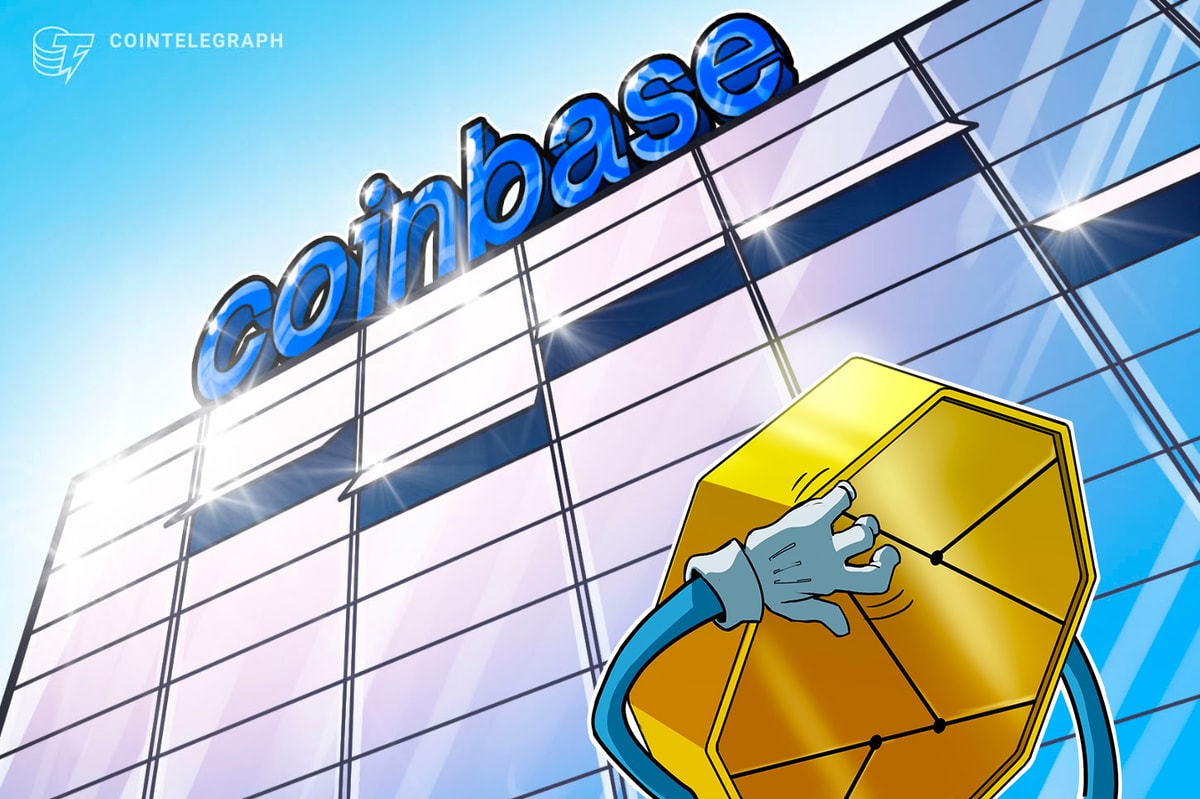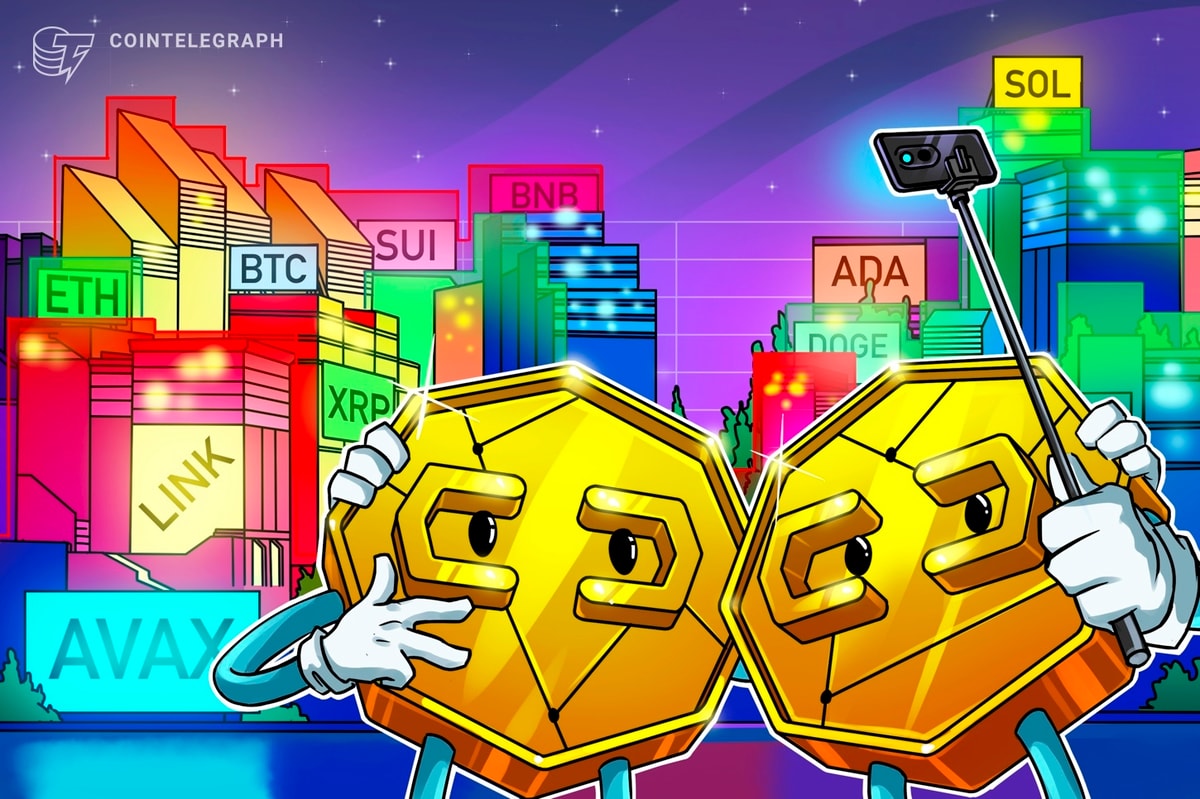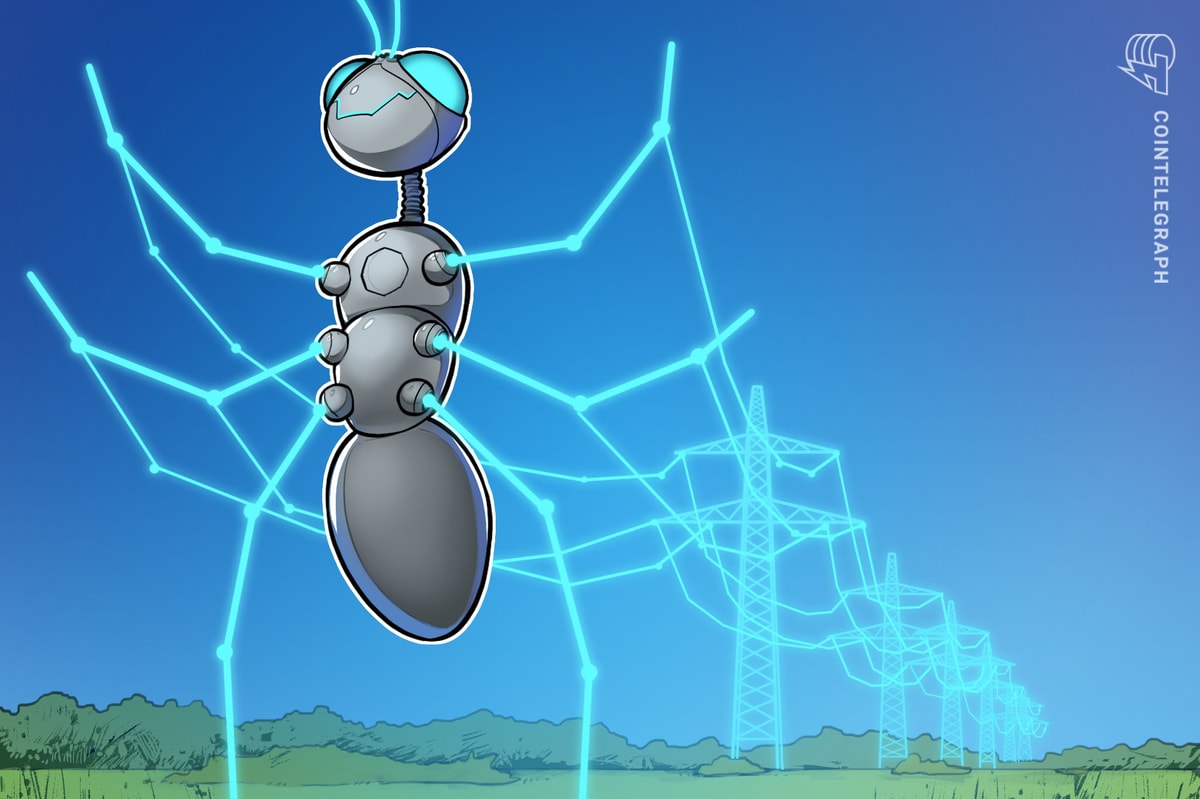Web3 inspires but it also confounds. There are abundant signs of significant opportunity, but there is also risk and uncertainty.
This environment makes it difficult to make business decisions, such as understanding where to invest, what staffing levels should be, how much consumer demand to expect and when governments may intervene more actively. Longer-term, these issues are exacerbated, as it can be difficult enough to make assessments about what to do a year from now, let alone 2030.
Still, the end of the decade is a little over seven years away, well within the scope of corporate planning.
Divergent points of view
Founders, VCs, brands and others investing in and developing new products, services and experiences need planning approaches that increase their understanding of the business environment. A problem with traditional forecasting is that it does not work very well for Web3 because the forecasts diverge wildly.
Take the price of Bitcoin. Some outlooks have projected that a single Bitcoin could be worth $1 million in 2030. Others maintain it lacks intrinsic value and therefore will trend to being worth nothing. Highly divergent views can also be found regarding other aspects of Web3 as well, such as the Metaverse. McKinsey has pegged the value of the Metaverse at $5 trillion by 2030, while a recent report by Citi forecasts the market value to be more than double at $13 trillion.
The situation is enough to cause business executives and investors to throw up their hands and focus only on the near-term.
How to plan amid uncertainty
Fortunately, there are ways to tackle strategic uncertainty. Scenario planning is a well-established approach for imagining alternative futures and their interconnected impact, and it is time to apply this method to Web3.
Scenario planning can support the development of multiple futures to capture variations in known and unknown assumptions. It does not just take elements found today and assume they will hold into the future. Robust scenarios draw on extensive research and consultation with experts to construct alternative paths based on different plausible ways that technical, economic, socio-cultural, governmental and environmental variables may unfold and their causal relationships.
Consider the future evolution of blockchain protocols, such as Polygon, Tezos, Solana and Flow, and their associated ecosystems. We could see the protocols work collaboratively to develop common standards and interoperability, but we may also see more tense rivalry.
Recently, some protocols have established subsidy funds to attract new projects to their blockchain environment. Indeed, we could see a world of greater “network tribalism” in which Web3 evolves to a dozen or fewer centralized protocols. This future would echo the cloud wars that have characterized Web2 and would have very different business implications than the open, decentralized and interoperable world many have envisioned.
Government intervention and regulation of Web3 is another key variable that could lead down a number of very different roads. Government actions could remain relatively limited and focused largely on protecting consumers from hacks, scams and other damaging actions by bad actors, but this is not a foregone outcome.
Web3 could also become a new battleground of economic competition and digital industrial policy. The promise of a decentralized web gives way to digital industrial policy that shapes Web3 into a world of state-first interests and objectives. States could intervene to regulate and control, such as by pushing their own digital currencies and Metaverse environments, which would allow “crypto nationalism” to become a more potent driving force.
Depending on the scenario, the business implications will be very different. A world in which Web3 becomes highly interoperable with open ecosystems would be very different from the one that re-centralizes. Likewise, a path where governments intervene selectively to address specific problems would look very different than one in which governments see their interests achieved through Web3.
Questions for smart strategic planning
Scenarios should focus on plausible, not outlandish paths for the future. The goal is not to spin the next Snow Crash, the 1992 science-fiction novel that foreshadowed the Metaverse. Rather, the goal should be to build sharply delineated explanations for how the world might evolve and adapt accordingly.
There are a variety of questions to consider in a rapidly changing business environment to improve performance and competitiveness:
• What plausible future is currently being ignored?
• What are the consequences?
• What strategic adjustments does your organization need to make to better prepare for opportunities and reduce risk?
Many signs point to the shift from the current Web2 internet to a different business landscape that will evolve through Web3. The train may have left the station, but there is still much to consider in developing robust business plans. If anything, the current market volatility has reinforced the need to map alternative futures and carefully monitor signposts of change to determine what path Web3 is taking.
Is your organization prepared for what lies ahead?
Peter Evans, Managing Partner, Platform Strategy Institute and the co-author of Web3 2030 Scenarios with Doug Randall, Partner, Trium Group.
This article was published through Cointelegraph Innovation Circle, a vetted organization of senior executives and experts in the blockchain technology industry who are building the future through the power of connections, collaboration and thought leadership. Opinions expressed do not necessarily reflect those of Cointelegraph.
Learn more about Cointelegraph Innovation Circle and see if you qualify to join











